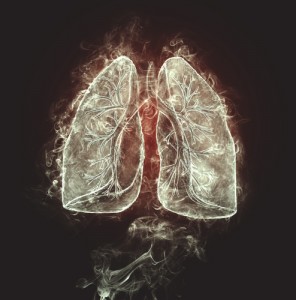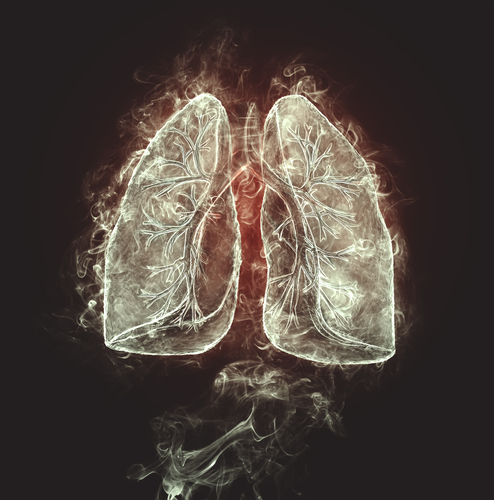 It was back in the 1970s when a serious respiratory condition known as coal workers’ pneumoconiosis (CWP) or simply, “black lung” still had an alarming prevalence rate among miners. When coal dust is inhaled, the body cannot destroy or remove it, which causes macrophages to engulf these particles. In the process, these cells release substances that play important roles in inflammation. As a consequence of continued excessive exposure to coal dust, these aggregated black macrophages cause lung inflammation, fibrosis, nodular lesions, and even cavitating tissue necrosis due to ischemia.
It was back in the 1970s when a serious respiratory condition known as coal workers’ pneumoconiosis (CWP) or simply, “black lung” still had an alarming prevalence rate among miners. When coal dust is inhaled, the body cannot destroy or remove it, which causes macrophages to engulf these particles. In the process, these cells release substances that play important roles in inflammation. As a consequence of continued excessive exposure to coal dust, these aggregated black macrophages cause lung inflammation, fibrosis, nodular lesions, and even cavitating tissue necrosis due to ischemia.
A recent study from the CDC‘s National Institute for Occupational Safety and Health revealed the disease is once again on the rise, most likely because coal mining companies are not supplying their miners enough personal protective equipment against dust. The institute’s letter is published in the American Journal of Respiratory and Critical Care Medicine. The National Mining Association has yet to thoroughly review the study’s findings, which were released Monday.
In the 1990s, only 0.33% of coal miners were found to have CWP. The NIOSH’s researchers were alarmed to discover the disease’s prevalence in 2012 to be 3.23%. Unfortunately, this number is an undercount, as it does not factor in retired miners, especially those who had to resign because of sickness or disability.
Another disturbing issue in the coal mining industry are miners’ reports of being exhorted to manipulate dust samples and loopholes in federal rules to show a non-toxic mining environment, and safe levels of exposure. Some companies were even reported to extend their miners’ hours to 10 hours or more.
Thankfully, as of August 1, the federal Mine Safety and Health Administration has begun implementation of a rule that reduces the allowed amount of environmental dust and builds on the NIOSH’s health surveillance initiative to include all coal miners, including those assigned to stations above-ground.
Another serious occupational disease affecting the lungs comes from a chemical called dactyl — commonly found in food with a butter or butterscotch flavor such as popcorn, which is why this respiratory disease is called “Popcorn Worker’s Lung”. It is safe when ingested, but toxic when inhaled in excessive amounts. A recent alarming finding is its presence in certain e-cigarette liquids.

